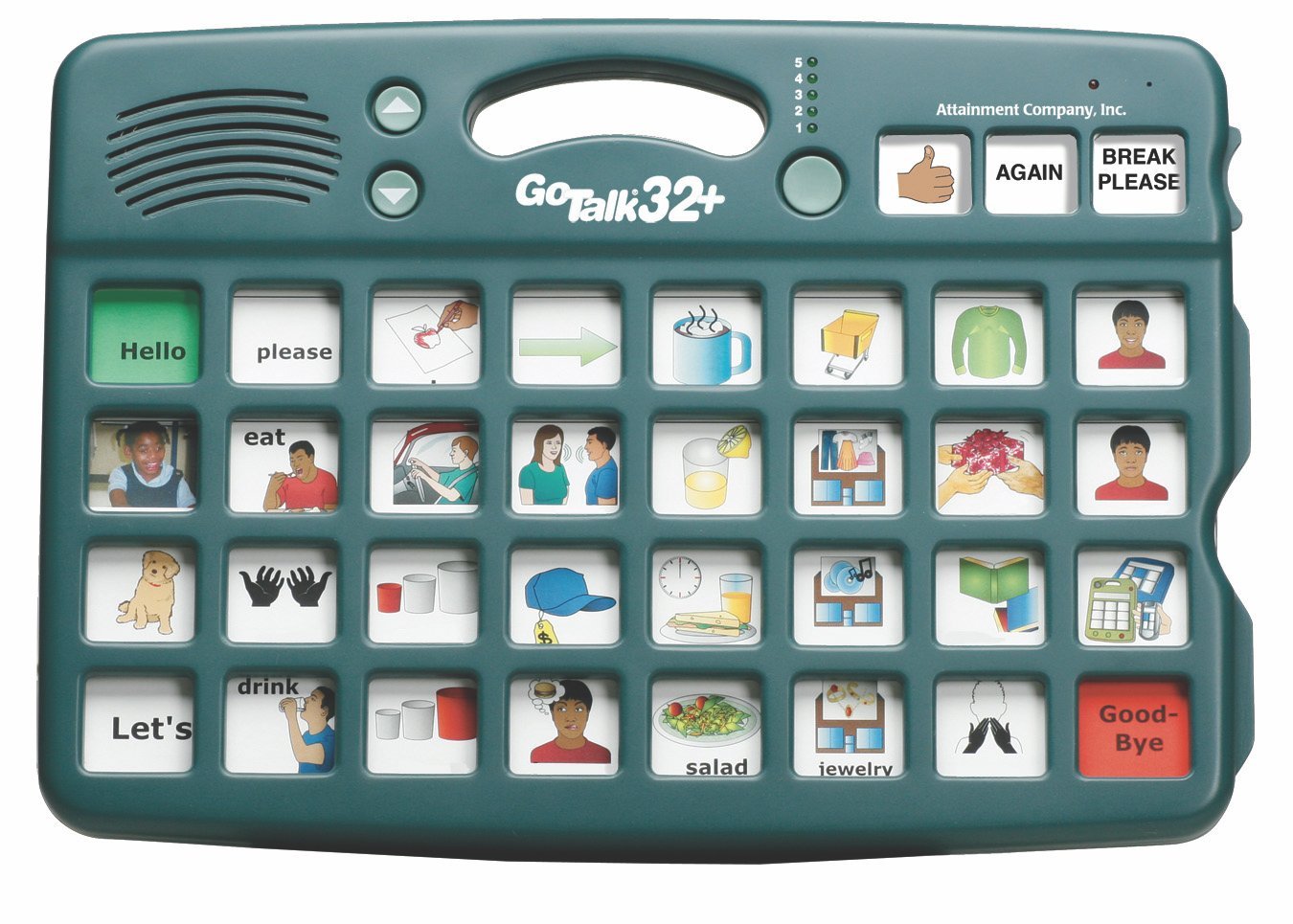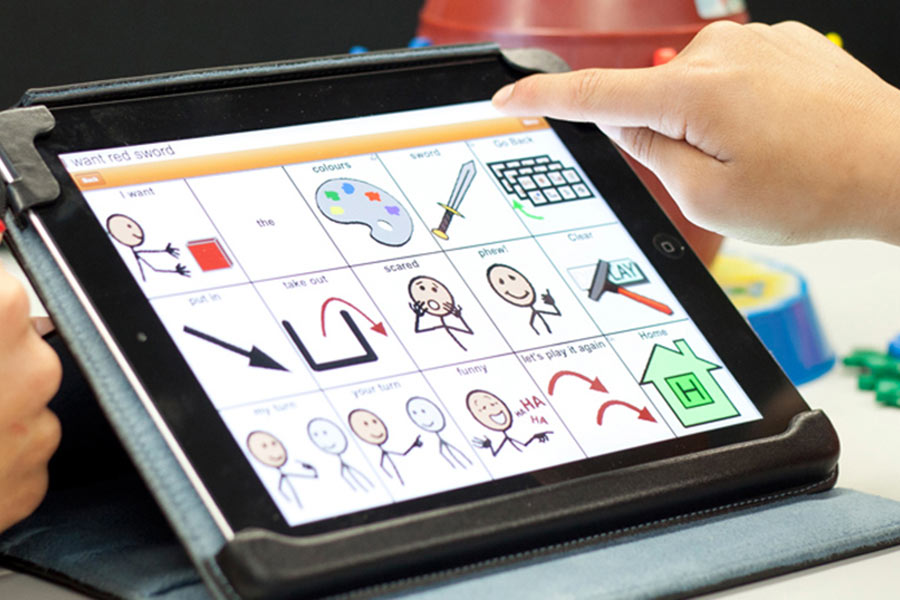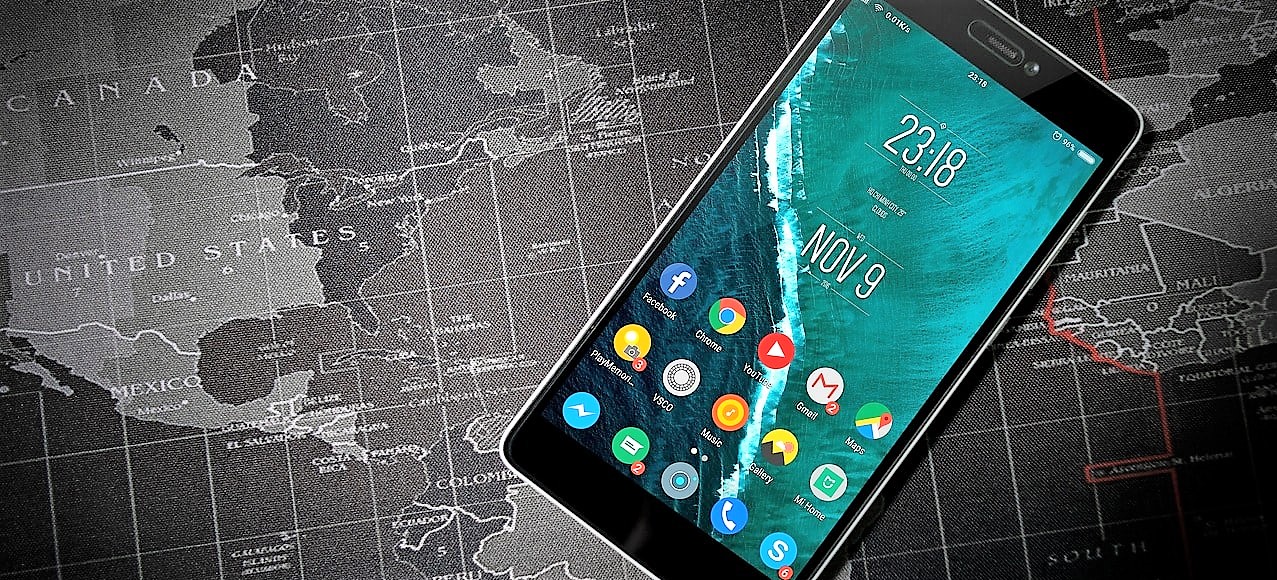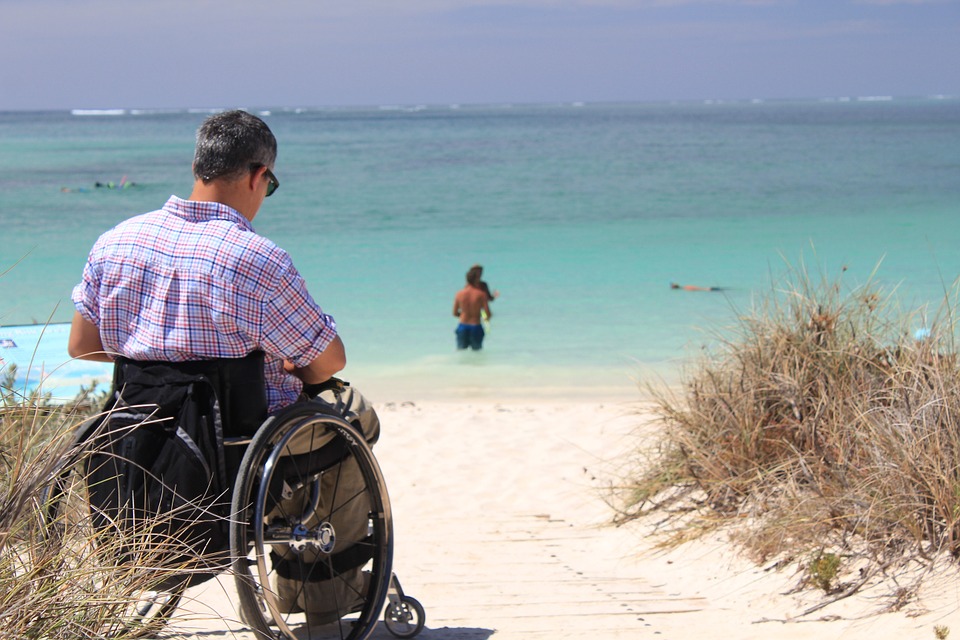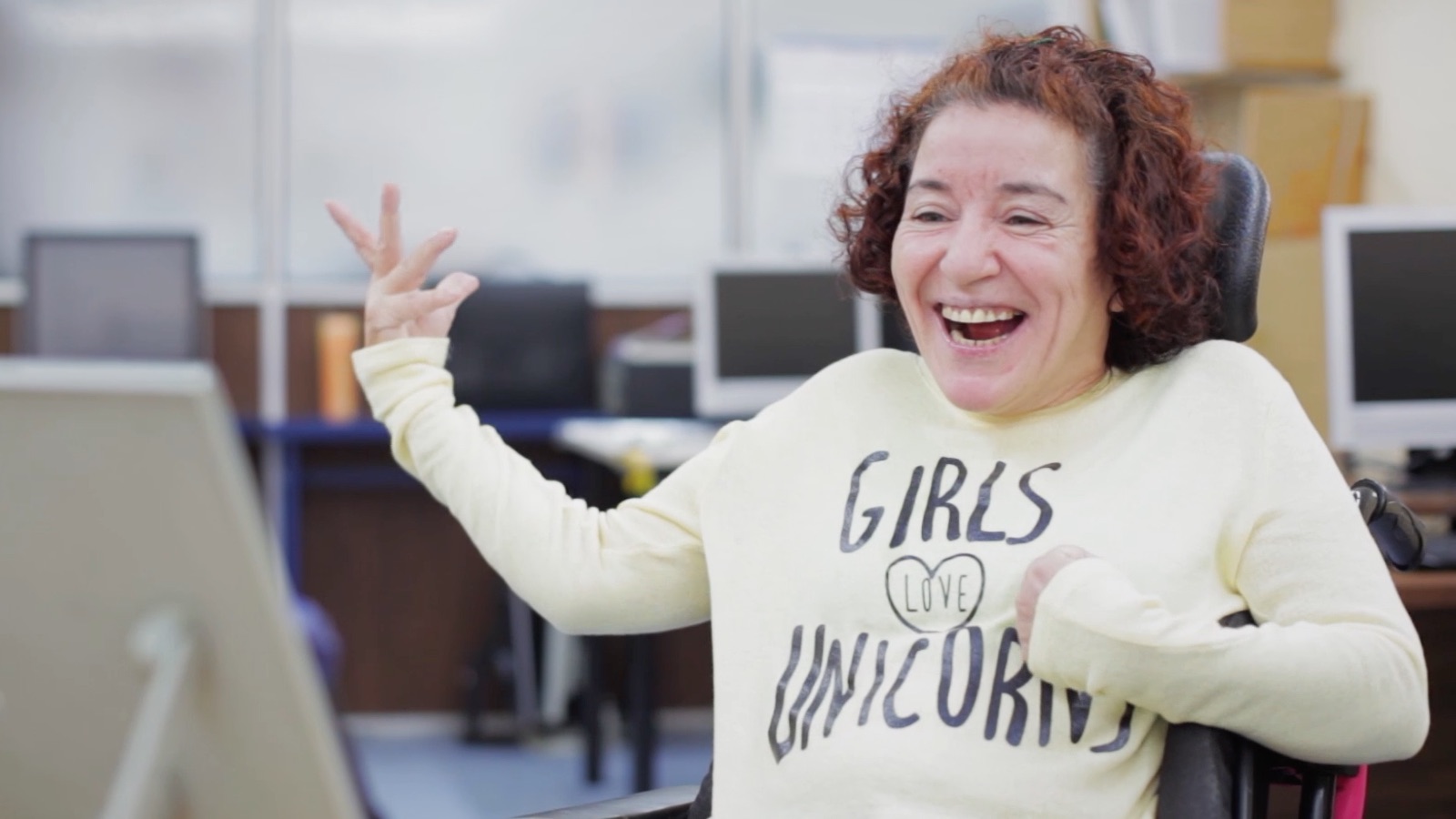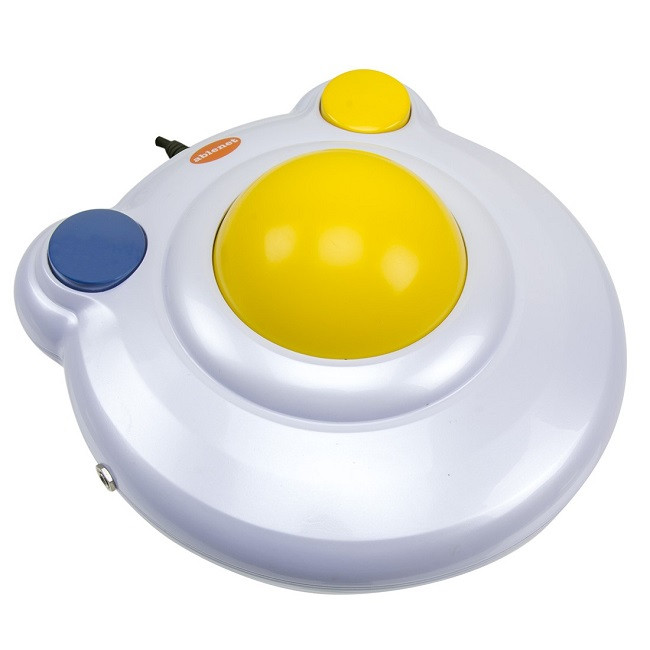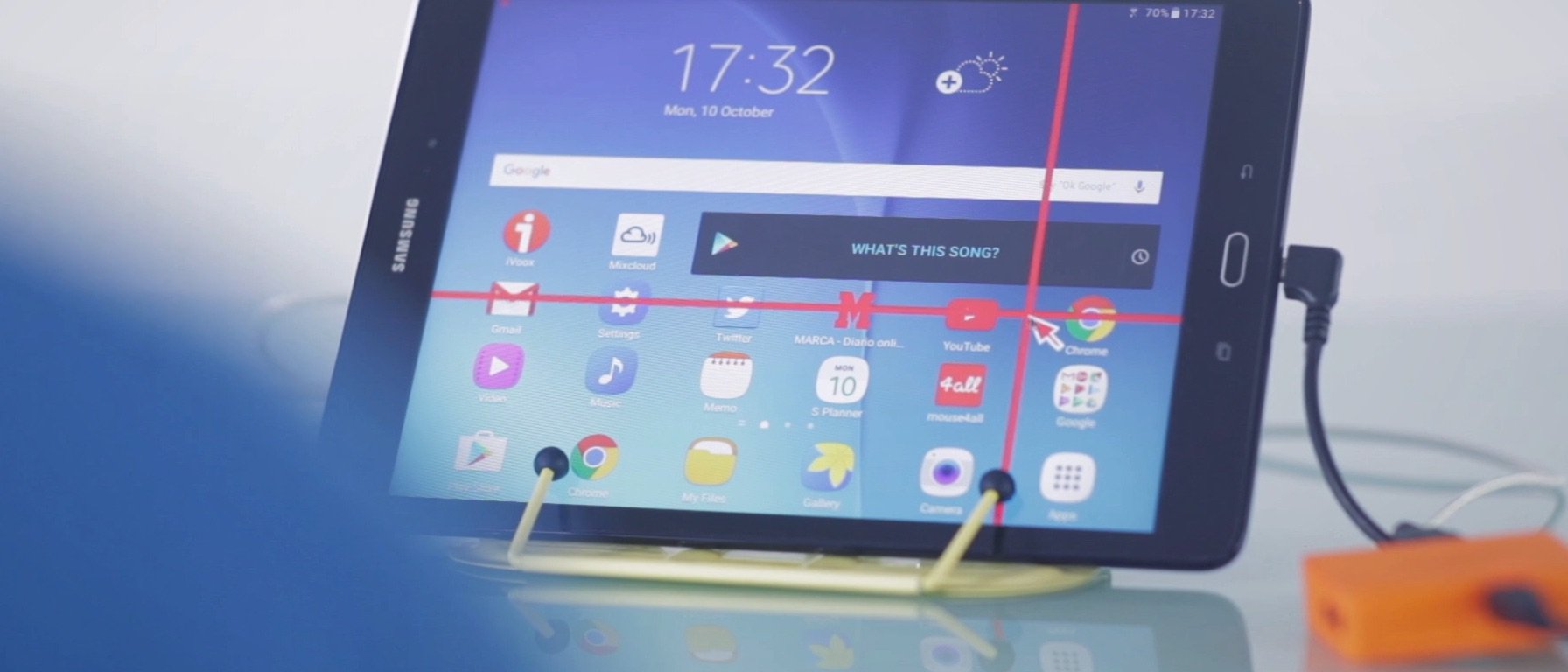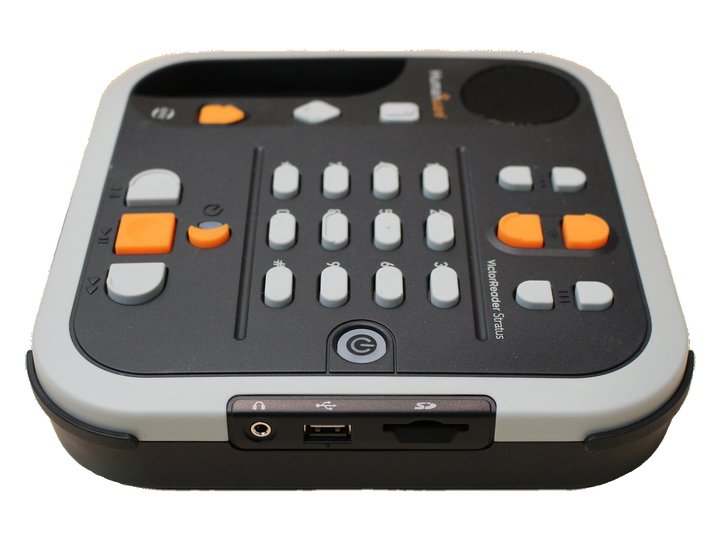Assistive Technology for Vocabulary Acquisition
2019 Jul 03
Acquiring vocabulary is an essential part of every person’s early academic life. Remembering and using words in context is basic to use language to communicate and many students with language and/or learning disabilities find it especially difficult.
Teaching to these students has to be supported with assistive technologies that, fortunately, are available today in many forms and ways.
Teachers that work in inclusive classroom settings will benefit greatly from their use.


